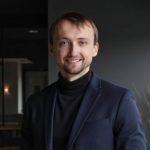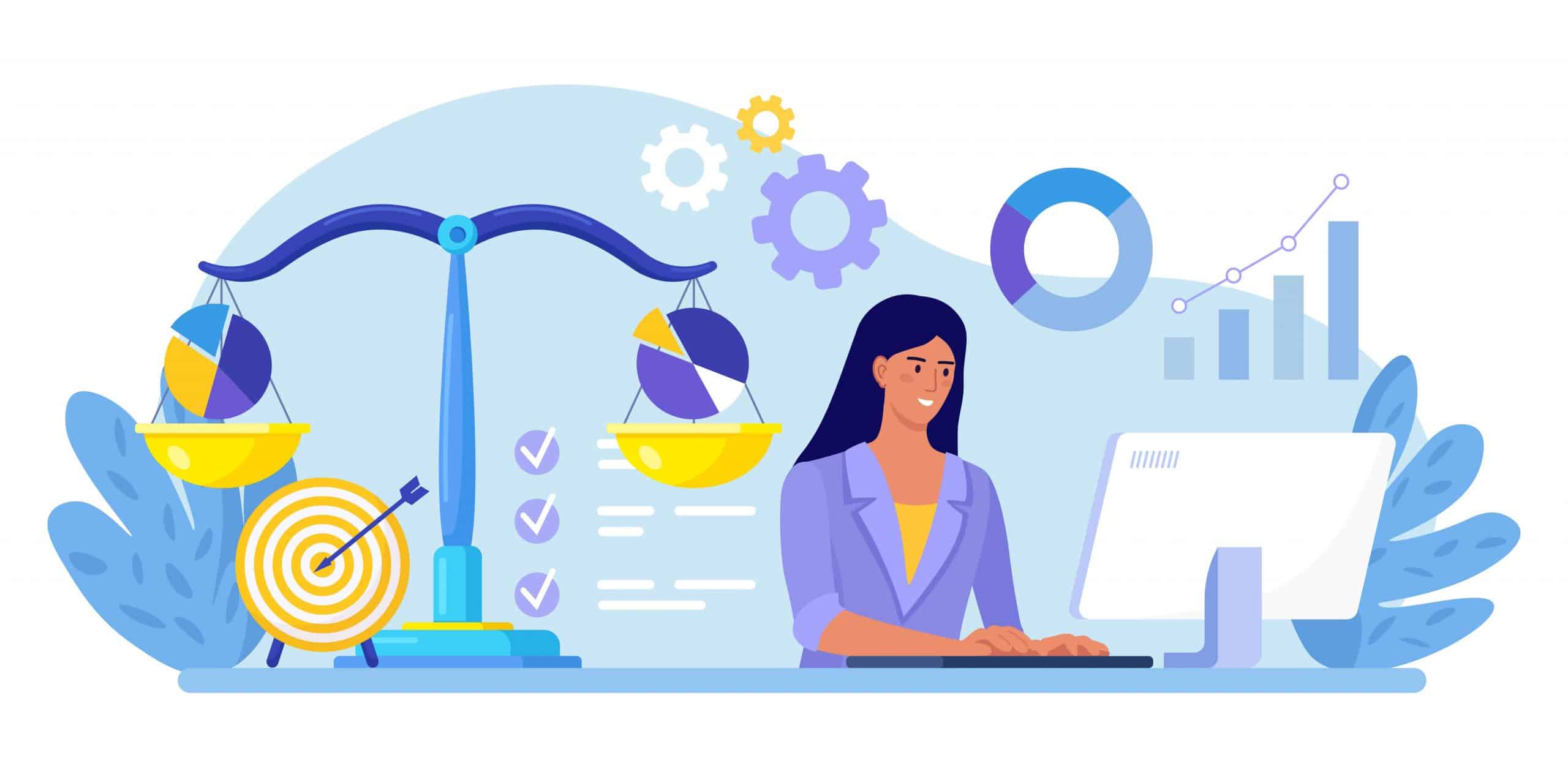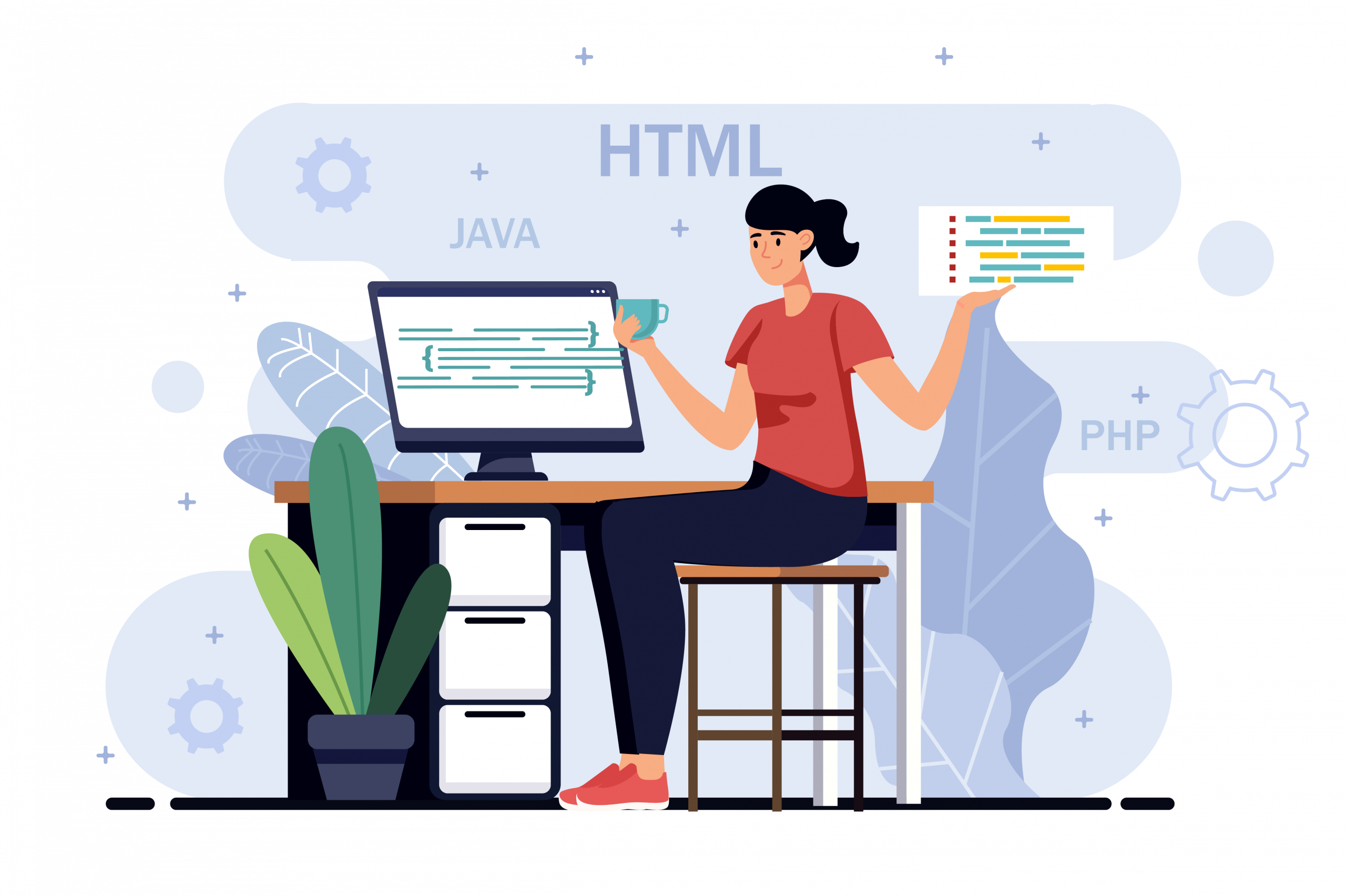What is mlops and why do we need it
As per the ClearML survey, many companies actively use MLOps in 2023. Out of 200 respondents, 98% say they plan to increase their investments in this technology by at least 11%. This provides grounds to claim that there is high interest in MLOps and will continue to grow. In 2022, the technology market was worth $1.19 billion. According to Grand View Research forecasts, the average annual compound growth rate from 2023 to 2030 will increase to 39.7%.
But what is MLOps? How does it help businesses, and how can it be useful to you? Our experts have delved into all these questions and will now tell you all the interesting aspects of this technology.

Definition and Key Characteristics of MLOps
MLOps, short for Machine Learning Operations, represents a set of machine learning practices necessary to optimize and enhance the processes of deploying, maintaining, and monitoring ML models within a company’s operations. MLOps is also intended to facilitate collaboration between IT and Data Science departments in the development of digital products.
Given what is MLOps, let’s look at its characteristics. Let’s examine its characteristics. This technology is partially based on principles borrowed from the DevOps methodology, which is also essential for automating, speeding up, and improving the quality of software development.
In this way, MLOps is an advanced approach to developing reliable solutions based on machine learning and artificial intelligence. It assists ML specialists and data scientists in working together and applying continuous integration and continuous deployment (CI/CD) methods to accelerate operations related to the production, monitoring, and management of ML models.
Who is MLOps Engineer?
With MLOps, you can establish a comprehensive process for developing, testing and deploying machine learning-based digital products. To implement this practice within your company, you need to find qualified experts in this field.
In brief, when answering the question, “What is MLOps engineer?” we arrive at the following definition: it is a professional responsible for managing and operating machine learning models. However, the duties of such developers also include effective collaboration with data scientists, monitoring model performance in a production environment, and much more.
Key Components and Tools of MLOps
MLOps can be employed in projects of various scopes. For example, it can be used in all operations, from data pipelines to model deployment or only for specific machine learning tasks. The key components of MLOps include:
- Exploratory Data Analysis (EDA): Researching and preparing data for the ML model lifecycle, as well as creating datasets and tables for visualization.
- Data Preparation: Analyzing information and removing duplicate data.
- Feature Engineering: Creating meaningful and straightforward features available to the development team and storing these features in a repository.
- Model Work: Training and tuning ML models to enhance their performance.
- Model Technical Support: Monitoring quality, testing, and delivering the final product, as well as working on updates.
- Automated Re-training: Applying corrective measures using specialized tools when there is a need to modify training and output data.
What is MLOps tools? Implementing this practice is impossible without a specialized tech stack. Among the most commonly used tools are:
- Kubeflow for organizing and deploying machine learning workflows.
- MLflow for managing the model lifecycle.
- Pachyderm for version control of ML and data processing.
- Seldon Core for deploying ML models in Kubernetes.
- Metaflow for solving data scientists’ and ML developers’ tasks.
Benefits of MLOps
Utilizing MLOps practices in your work brings numerous benefits, including:
- Increased efficiency and productivity of the machine learning model lifecycle through automation of repetitive tasks.
- Reproducibility to optimize data and model version management, simplify feature development, and provide repositories for them.
- Cost savings by reducing manual operations, streamlining error detection, and improving ML model management.
- Systematic monitoring and information retrieval about model performance, allowing timely retraining and ensuring the accuracy of incoming data.
MLOps vs. DevOps: Similarities and Differences
Before comparing the two development methodologies, let’s define what is MLOps and DevOps?
- MLOps optimizes the processes of working with machine learning models by automating and fostering collaboration between ML engineers and data scientists.
- DevOps improves and speeds up the processes of designing, developing, and testing digital products by enabling collaboration between developers and testers.
MLOps has borrowed some principles from DevOps, such as:
- Creating software development strategies.
- Utilizing test automation tools.
- Establishing collaboration between involved teams.
The main difference is that DevOps is primarily applied in developing digital products, while MLOps focuses solely on operations related to creating machine learning models.
Challenges in Implementing MLOps
First, let’s define what is MLOps platform? It is a workspace for developers and data scientists to collaborate. It facilitates experiments and iterative data exploration for model feature management and helps monitor and deploy the final solution.
When implementing Machine Learning Operations into your work, you may encounter challenges related to the following:
- Data, which requires high quality and accessibility.
- Models, which need interpretable and transparent data for effective training.
- Infrastructure, which must be stable and scalable to meet the growing demands of ML models.
- Specialists – certified ML engineers and data scientists who may be challenging to find.
Examining these common issues, you can prepare and understand how to reduce or eliminate them.
Business Value of MLOps
MLOps – what is it and how will it help your business? Let’s examine the key values of this methodology:
- Product Enhancement: With MLOps, you enable collaboration among different departments, helping to create higher-quality products.
- Elimination of Bottlenecks: Collaboration between development and data management teams helps prevent complexities and work stoppages.
- Increased Operational Efficiency: MLOps helps structure work processes and enhance employee productivity.
- Cost Reduction: Company cost savings are possible through automation tools.
MLOps allows you to develop high-performance and reliable ML models that enable you to work efficiently and achieve new heights.
Conclusion
We’ve explored what is MLOps and why do we need it. These practices significantly simplify the creation, testing, and deployment of ML models, making your company more productive and profitable. You only need to find certified experts in MLOps integration and implementation.
Reach out to GetTrusted to receive assistance from the industry’s top MLOps experts and quickly achieve your business goals!










